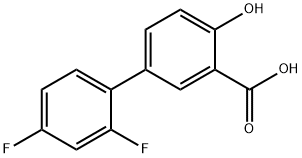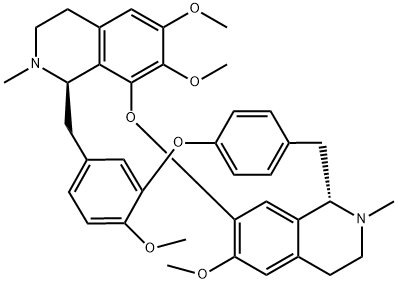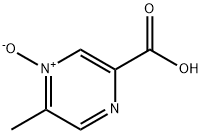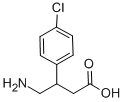Diflunisal , 10mMinDMSO , 22494-42-4
Synonym(s):
2′,4′-Difluoro-4-hydroxy-[1,1′-biphenyl]-3-carboxylic acid;5-(2,4-Difluorophenyl)salicylic acid;Diflunisal
CAS NO.:22494-42-4
Empirical Formula: C13H8F2O3
Molecular Weight: 250.2
MDL number: MFCD00057834
EINECS: 245-034-9
| Pack Size | Price | Stock | Quantity |
| 1ml | RMB159.20 | In Stock |
|
| others | Enquire |
PRODUCT Properties
| Melting point: | 207-209?C |
| Boiling point: | 386.9±42.0 °C(Predicted) |
| Density | 1.3505 (estimate) |
| storage temp. | Keep in dark place,Sealed in dry,Room Temperature |
| solubility | Practically insoluble in water, soluble in ethanol (96 per cent). It dissolves in dilute solutions of alkali hydroxides. |
| form | Solid |
| pka | pKa 3.3 (H2O I=0.1) (Uncertain) |
| color | White |
| Water Solubility | 6.186mg/L(24.99 ºC) |
| CAS DataBase Reference | 22494-42-4(CAS DataBase Reference) |
| NIST Chemistry Reference | Diflunisal(22494-42-4) |
Description and Uses
Diflunisal is more potent than aspirin but produces fewer side effects and has a biological half-life three to four times greater than that of aspirin. It is rapidly and completely absorbed on oral administration, with peak plasma levels being achieved within 2 to 3 hours of administration. It is highly bound (99%) to plasma proteins after absorption. Its elimination half-life is 8 to 12 hours, and it is excreted into urine primarily as glucuronide conjugates. The most frequently reported side effects include disturbances of the GI system (e.g., nausea, dyspepsia, and diarrhea), dermatological reactions, and CNS effects (e.g., dizziness and headache).
Salicylate; non-selective cyclo-oxygenase inhibitor; antipyretic; analgesic; anti- inflammatory.
Safety
| Symbol(GHS) |   GHS07,GHS08 |
| Signal word | Warning |
| Hazard statements | H302-H315-H319-H335-H361 |
| Precautionary statements | P201-P301+P312+P330-P302+P352-P305+P351+P338-P308+P313 |
| Hazard Codes | Xn,Xi |
| Risk Statements | 22-36/37/38-63 |
| Safety Statements | 22-26-36 |
| WGK Germany | 3 |
| RTECS | DV2030000 |
| Hazard Note | Irritant |
| HS Code | 2918290000 |
| Toxicity | LD50 orally in female mice: 439 mg/kg (Stone) |






